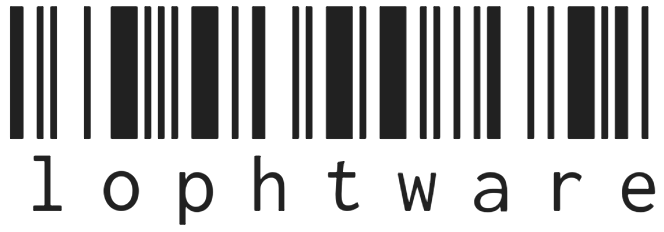lophtware

lophtware projects
Quirks
Microsoft Windows / Number of Device Configurations
In Windows, the USB Generic Parent Driver (usbccgp.sys) does not get loaded for composite devices with more than one configuration. Instead, the device is given to the USB HID driver based on the first interface, which cannot handle composite devices. The magic around this behaviour is hard to find, the price paid being a day of head scratching and profanities, but it is alluded to here. To work around this limitation you can:
- Supply a custom driver INF file.
- Set
NUMBER_OF_CONFIGURATIONSin src/Usb/usb_config.h to1. - Crank up the configurations and not bother to connect the device to a Windows box.
Each workaround is a compromise, but option 2 has been chosen as the default. This reasoning is that the emphasis for the stock firmware is that the device should just work reliably out of the box with minimal configuration, because we want a quick and easy breadboarding and prototyping solution. If this wasn’t the main design goal then HID wouldn’t have been chosen in the first place.
NCP367 Current Limiting High / Low Range
Whilst the current can be limited to 500mA (typical), when that limit is exceeded the board will be reset, the intention being that the fault is hopefully cleared. However, the default reset state limits the current to 1.5A (typical), so after the initial 500mA trip-and-reset cycle, the higher limit again takes hold. The default state cannot be set to 500mA without a pull-up, which would necessitate a discrete transistor being squeezed onto the board to protect the microcontroller from potentially destructive voltages. The design decision was to forego the transistor, although this might have been a bit of a braindead decision…
The pin is connected but is not actively used by the default firmware as there is little point - if a device, say, enumerates as taking 100mA then even the 500mA trip would be overly permissive. So the function of the current limiting is really to ensure that short-circuits are protected against (to a dregree), and firmware glitches that cause excessive current draw are corrected by a reset, rather than being a substitute for the proper design of the attached circuit to ensure the self-declared limits are respected.